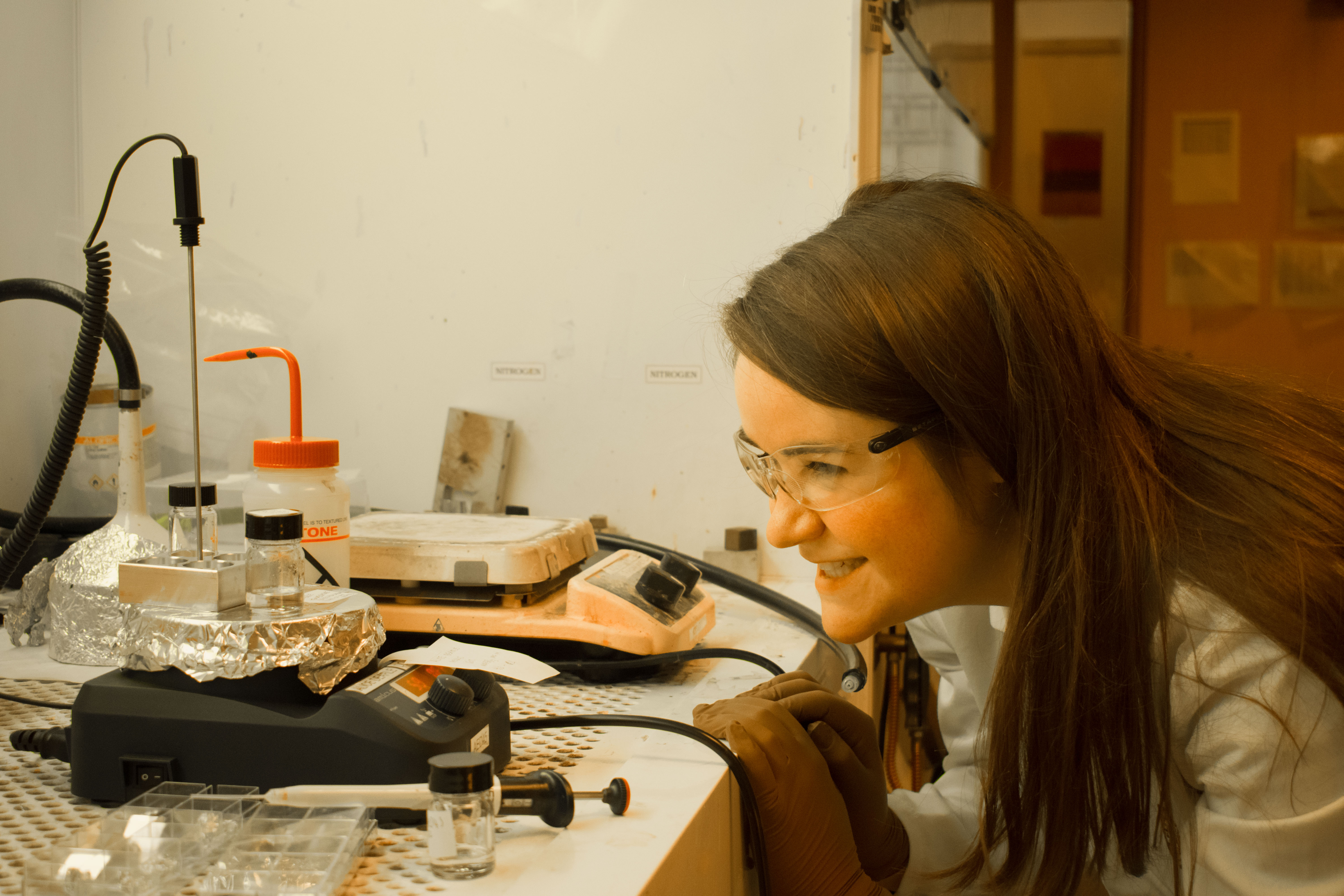Students will complete 1 Mini project of 8 weeks duration and one Midi project of 10 weeks duration during the first six months. The mini project are designed to help expand the research horizons of students, before they embark on their PhD topic. The Midi project is normally expected to continue on into a PhD.
Mini Project
The Mini project is 8 weeks in length (Oct – Dec) and run alongside other modules that students take during that time. This project gives students an exposure to day-to-day research environments, and also helps them explore new research areas that they have not worked in previously.
Midi Project
The Midi project is 10 weeks long (Jan – Mar) and helps students test the ground with their PhD topic, supervisor, and research group before committing to doing their PhD in that area. Most students tend to continue on from their Midi to PhD in the same group.
PhD Project Topics
Before joining the programme, and during the first term, students are introduced to potential PhD supervisors from around the University to help identify and explore a PhD project that fits their interests and NanoDTC research themes as well as other requirements. The NanoDTC facilitates this by organising informal chats with supervisors as well as soliciting potential PhD proposals from supervisors (students are able to provide their interest areas to supervisors so that they can be taken into account when designing proposals).
The choice of PhD projects will be made in early January. The PhD proposals are all vetted by the NanoDTC External Advisory Board for ambition, risk, and fit to NanoDTC themes before students choose one project in which they are most interested.
Brief descriptions of the PhD projects undertaken by our students are included below.

A Collaborative Approach in Tackling Dementia
Interdisciplinary science paves the way toward solving many of our most complex problems. And broadening our academic network yields some of the most significant advances
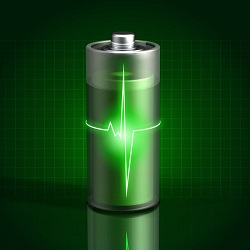
Kicking the Lithium habit
Making electric vehicles a viable alternative, using magnesium Over the last few decades lithium ion (Li-ion) batteries have become ubiquitous, powering everything from laptops and

Photoswitches with ultra-fast response times
Electrical devices can be turned on and off through a simple flick off a switch. But what if we wanted to turn chemical molecules on
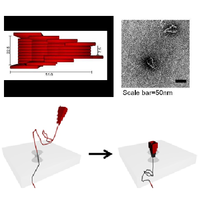
Shaping nanoscale pores with DNA origami
DNA makes a wonderful material for creating structures at the nanoscale. It can be folded and shaped into three dimensions mimicking the traditional Japanese art

Recycling of light explains the high efficiencies of perovskite solar cells
Perovskites are one of the most exciting up-and-coming materials in the solar cell scene. These solid state materials are cheap to produce and have the
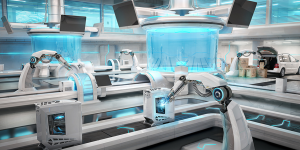
Unleashing the Power of Automation: Teaching Computers How to Build the Perfect Nanowire Device
By using computer vision and machine learning, computers can design and manufacture miniaturised detectors based on nanowires. This could make detectors more affordable, more reliable,
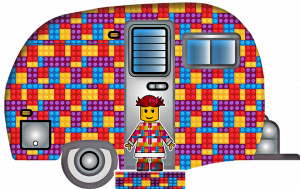
Cages for the Future – A caravan for molecules is on its way
We need cars to transport, containers to store things and clothes to protect us from sunburn. Molecules also need ‘something’ to help them move, ‘some

A computer on a needle point
Following the ancient Chinese who fabricated magnetic needles to explore the world, we are placing magnets at the end of fine needles in a search

Radically different organic energy materials
Missing your partner can lead to all sorts of weird behaviours. It seems that this is true also for subatomic particles, and my research centres

The future is bright for generating new light
Unlocking the full potential of quantum technologies in the future will require more than making quantum computers – we’ll also need ways to send and
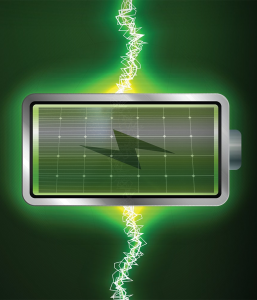
Photobatteries: Harvesting and storing solar energy at the same time!
It’s the year 2050 and you’re awoken by a soft humming near your ear. You slowly open your eyes and see Herbert, your robotic assistant

A flexible shuttle to fight intracellular infections
A little prick and a shuttle loaded with antimicrobials is injected into the patient’s blood circulation. The antimicrobial delivery vehicle targets infected cells, inactivates microorganisms
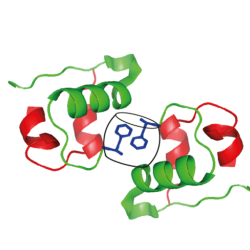
Preventing human insulin sticking together
How Supramolecular Chemistry can control aggregation The formation of clump-like ordered structures in proteins has been associated with several diseases such as Alzheimer’s, Parkinson’s and
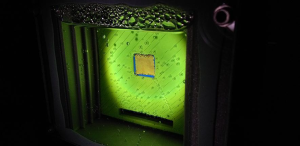
Will the artificial leaf make us god-like creatures?
The oneiric Ladyland is a distant realm governed by women only and led by a visionary queen with a strong passion for science. In this
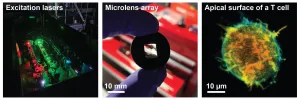
Detection efficiency of mid-infrared light
The world around us shines with light of all different colours — some visible, some invisible to the human eye. Light is an oscillation in
- All
- c2016
- c2017
- c2018
- c2019
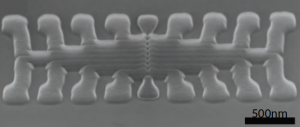
Navigating hyper-dimentional voltage space

Smart surfaces for heating and cooling buildings using only sunlight

Lipids: The Missing Key to the Parkinson’s Puzzle?
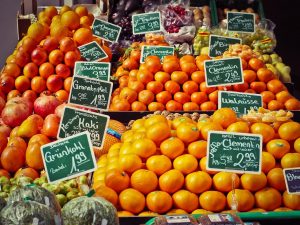
Stacking a market stall with fruit with hands 10,000 times the size!

Cages for the Future – A caravan for molecules is on its way

Controlling the uncontrollable
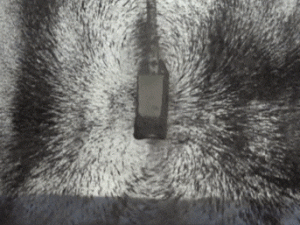
What if you could see magnetism?
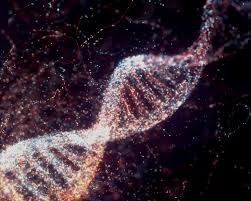
Life from scratch
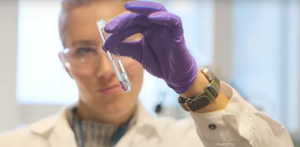
From waste to fuel: quantifying sustainability
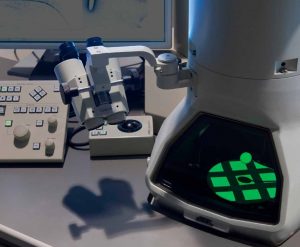
Solar cells through the Looking Glass of electrons
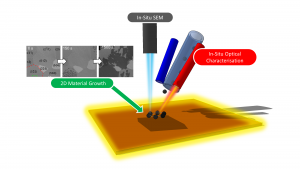
Seeing is believing

Radically different organic energy materials

Treating cancer using surfaces, light and gold
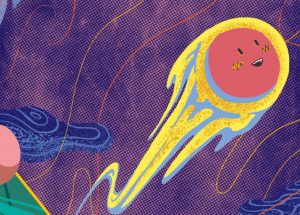
The Adventures of Ellie the Electron

Making a sustainable future more colourful

A new spin on electronics

The studies of battery degradation under the microscope
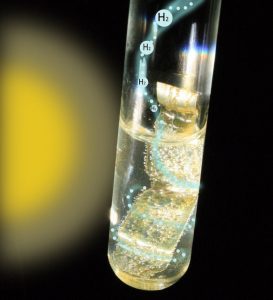
From waste to hydrogen

Nanorobots – not who you think they are
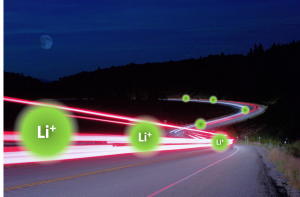
Nano-structuring of battery electrode

Jelly solar cells
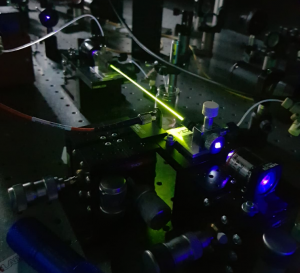
Shining light on green hydrogen
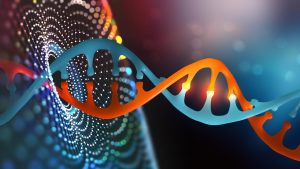
Targeting the cure for Tuberculosis: Solid-state nanopore sensing
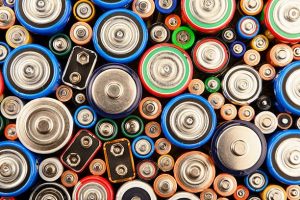
Watching what happens inside working batteries

Batteries to power a sustainable future
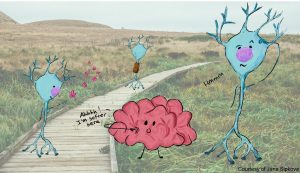
Brain navigation: connecting the eyes to the brain

Trapping light to open up our universe
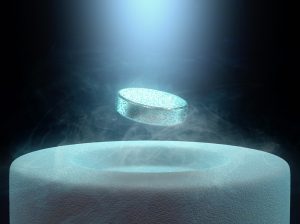
Functional Nanoelectronics and Quantum Materials
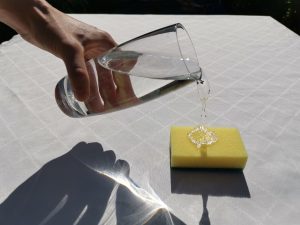
Trapping liquids in a sponge
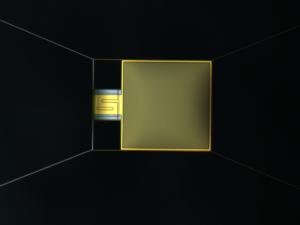
The coolest infrared sensor in the Universe

A new way for brain cancer treatment

Using light to make chemistry more environmentally friendly
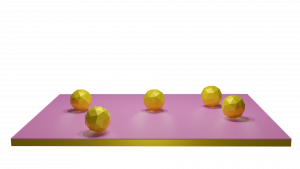
Spectroscopy and Electrocatalysis for a Sustainable Future
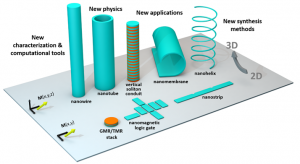
3D printing going nano
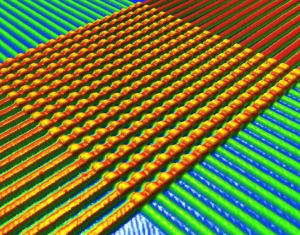
Low power memory devices
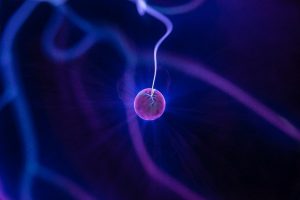
Capturing the Energy of Individual Electrons

Flipping spins to boost the efficiency of LEDs

Materials for motion
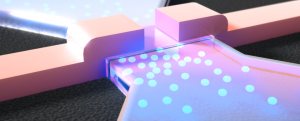
Quantum computers with industry-standard silicon technology

The future is bright for generating new light
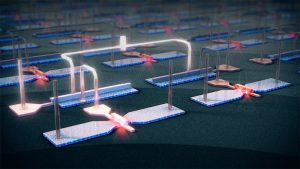
Making quantum fly – with microwaves

Catching sunbeams


